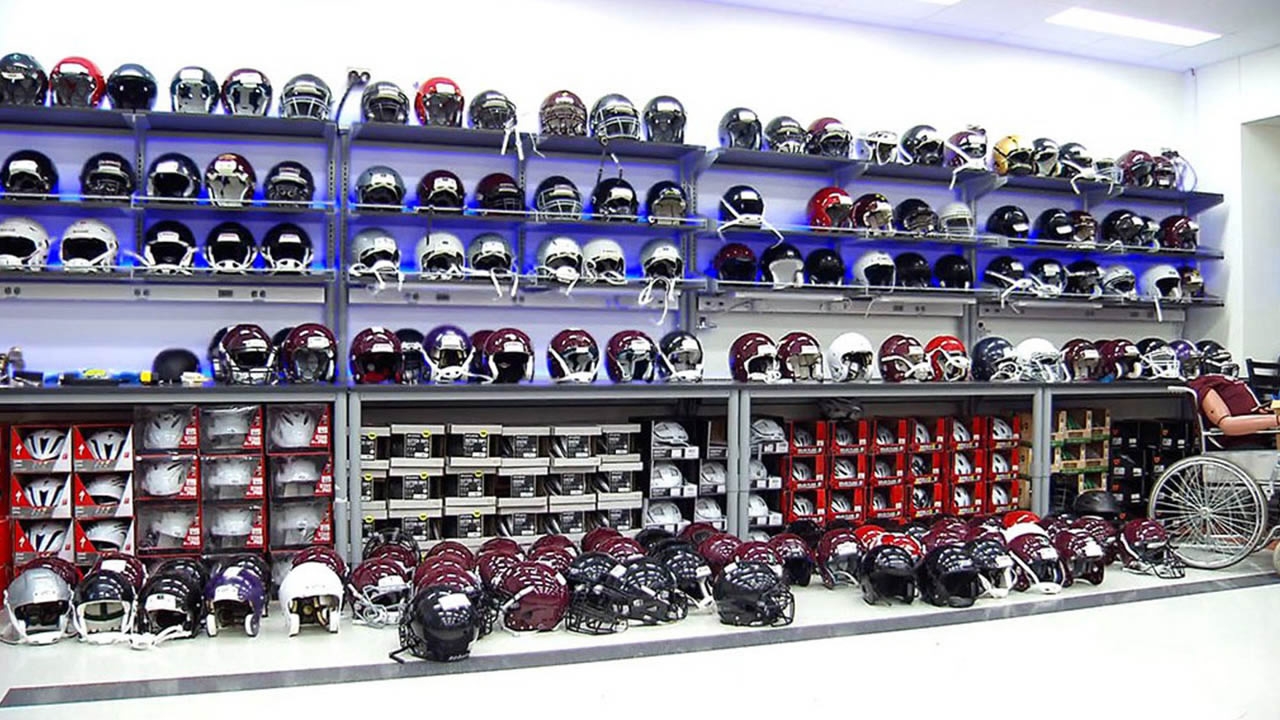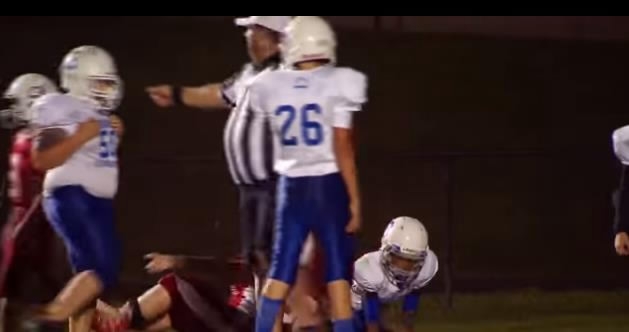
Sports
10:09, 09-Sep-2017
American football: minimizing danger
By CGTN’s Owen Fairclough

The NFL season began on Thursday, but there are concerns about its future at the grassroots due to the toll the game can take on players’ health in later life. Reducing those dangers early is the motivation behind a pioneering study.
A new youth football season has brought rough and tumble play back to fields in Virginia, in the eastern US.
It’s maybe too rough, according to a spate of recent research into the long-term health effects of concussions caused by repeated blows to the head.
Youth leagues are where the future stars of the NFL are found, but the number of young players has been declining in recent years. And that’s been blamed partly on parents who think the game is too dangerous for their children to play.

The Blacksburg youth team in action. /CGTN Photo
The Blacksburg youth team in action. /CGTN Photo
Reducing the risks in the millions of children who play at this level is at the heart of a pioneering study at Virginia Tech, involving local team Blacksburg.
Their helmets are fitted with sensors that monitor in real time how often and how hard they’re struck to look for a possible concussion. It’s the first research of its kind.
“We can look down on the field and see ‘that looked like a big hit’ and then we can look down at the screen and kind of confirm that,” said Virginia Tech research assistant Ryan Gellner. “Hits over 40Gs of linear acceleration, those are some high-risk, high-magnitude accelerations. And that means anything over that threshold could be a risk for some type of injury.”
In the lab where Virginia Tech engineering professor Stefan Duma collates the data, CGTN saw what 40Gs looks like as a piece of testing apparatus was pounded against a crash test dummy encased in a football helmet.
But stronger, faster and heavier college players and professionals sustain blows at least twice as hard.

Professor Stefan Duma explains the impact of concussion. /CGTN Photo
Professor Stefan Duma explains the impact of concussion. /CGTN Photo
“Once you get to 100Gs, especially the lower side of the jaw, that would be an appreciable risk of concussion,” said Duma.
Concussions from blows like that have been linked to player suicides and domestic abuse blamed on the degenerative brain disease CTE. The doctor who diagnosed it, and his fight with the NFL over his findings, were the subject of the 2015 movie “Concussion”.
Duma’s study is focused on reducing these risks at the grassroots level.
“One of our first publications in this space really shows that you have to change practice to make it more like the game,” said Duma. “The kids are actually getting bigger hits in practice rather than the game. There’s a lot of work we can do there to minimize that risk.”
Blacksburg lost its opening game of the season.
Those monitoring these young hopefuls hope they can find a way to win without losing their health in later years.
11185km

SITEMAP
Copyright © 2018 CGTN. Beijing ICP prepared NO.16065310-3
Copyright © 2018 CGTN. Beijing ICP prepared NO.16065310-3